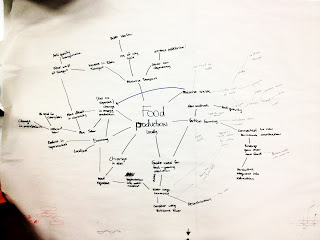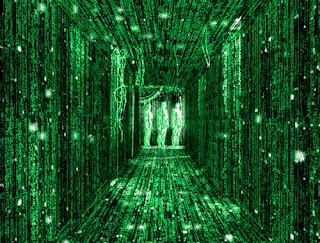Rising population will place huge pressures on urban centres. Mono-nuclei cities, such as Brisbane, will need to adapt. Our group predicted that the great use of internet will influence and change Brisbane's CBD, due to the dramatic decline in retail and commercial space require in the city and develop a decentralised city model. The decentralised city with inhibit multiple hubs allowing faster accessibility and less need to travel long distances. Also, our vision develops higher densities urban models with more apartments and multifunctional dwellings. Communal living, employment and social structure will also promote accessibility and appealing walkable cities.
A primal human necessity is feeling loved and experience life's intricacies. Although in the future people will able feel virtually fulfilled. Already, today games such as Crisis (see below) have realistic graphics. However, we believe that humans, will also need actual physical fulfillment. The experiential city allows this to occur, with breathing space and entertainment activities, similar to today. This will allow positive social and psychological benefits to occur.
Graphics of a game, Crisis, compared to real life.









